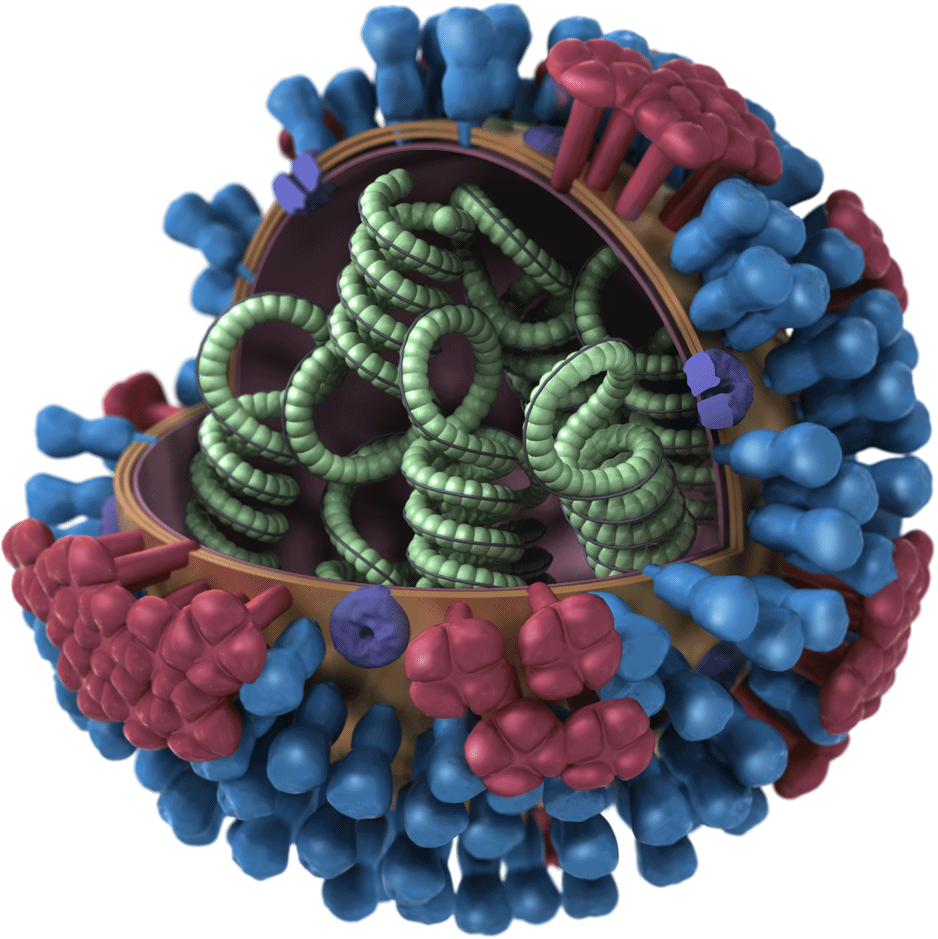 A new fatal strain of flu has been identified in a patient in China.
A new fatal strain of flu has been identified in a patient in China.
Documented in the current episode of the Lancet medical journal, the H10N8 bird flu virus was recovered from a 73 year old woman in Nanchang, China, in November 2013.
The patient presented with a cough and fever, which began about 4 days after a trip to a poultry market where the woman had purchased a chicken.
Despite treatment with antiviral agents, and even donor antibody, the patient died from respiratory failure 9 days into her illness.
Influenza virus was grown from diagnostic samples collected from the woman during her time in hospital. The genetic sequence of the virus revealed that it was of the subtype H10N8, which has not previously been recorded in humans.
The analysis also showed that the coat proteins of the virus, comprising the H and N molecules, were from two different bird flu viruses, while the internal genes, which control how the virus grows and replicates itself, were from an H7N9 virus similar to the one found circulating in China in 2013.
These findings suggest that this new H10N8 agent represents a new "reassortant" formed when a mixture of viruses juggle their genes, producing a hybrid.
The Nanchang City public health team, who authored the present Lancet report, speculate that the woman picked up the infection during her trip to the poultry market, although follow-up studies in the area have so far failed to identify the source.
Reassuringly, none of the people with whom the patient had contact after the onset of her illness picked up the infection, and tests show that the novel agent is sensitive to the antiviral Tamiflu.
More worryingly, the Chinese team conclude their paper by reporting a second, more recent death from H10N8 on 26th January 2014, highlighting that the new virus appears to be minimally pathogenic in poultry, which could enable it to circulate for longer before its presence is detected, and pointing out that the first fatal case of H5N1 in 1997 preceded the next 17 cases by at least 6 months...
- Previous Breast milk antibody benefits
- Next Sequencing the coral community










Comments
Add a comment